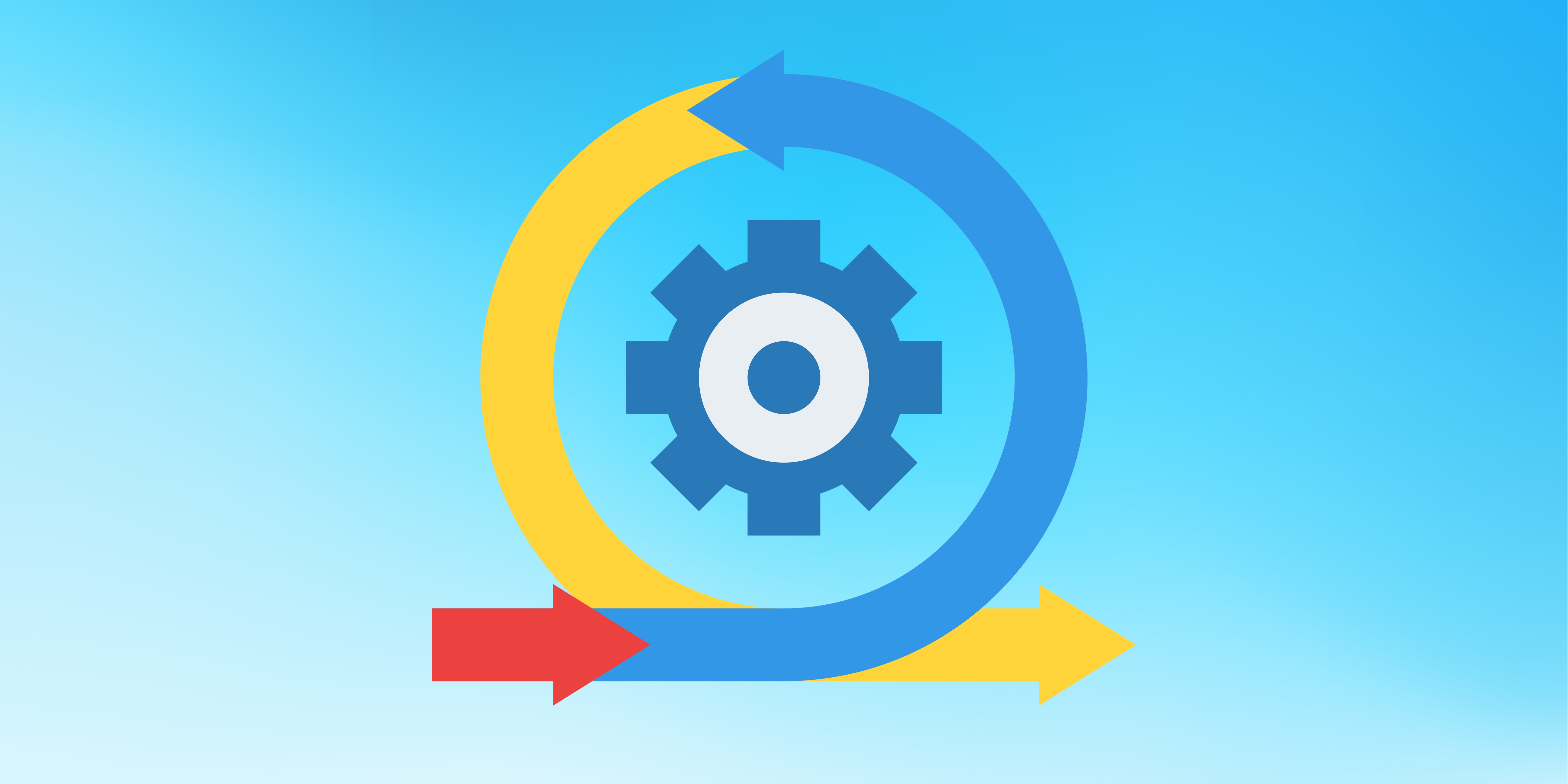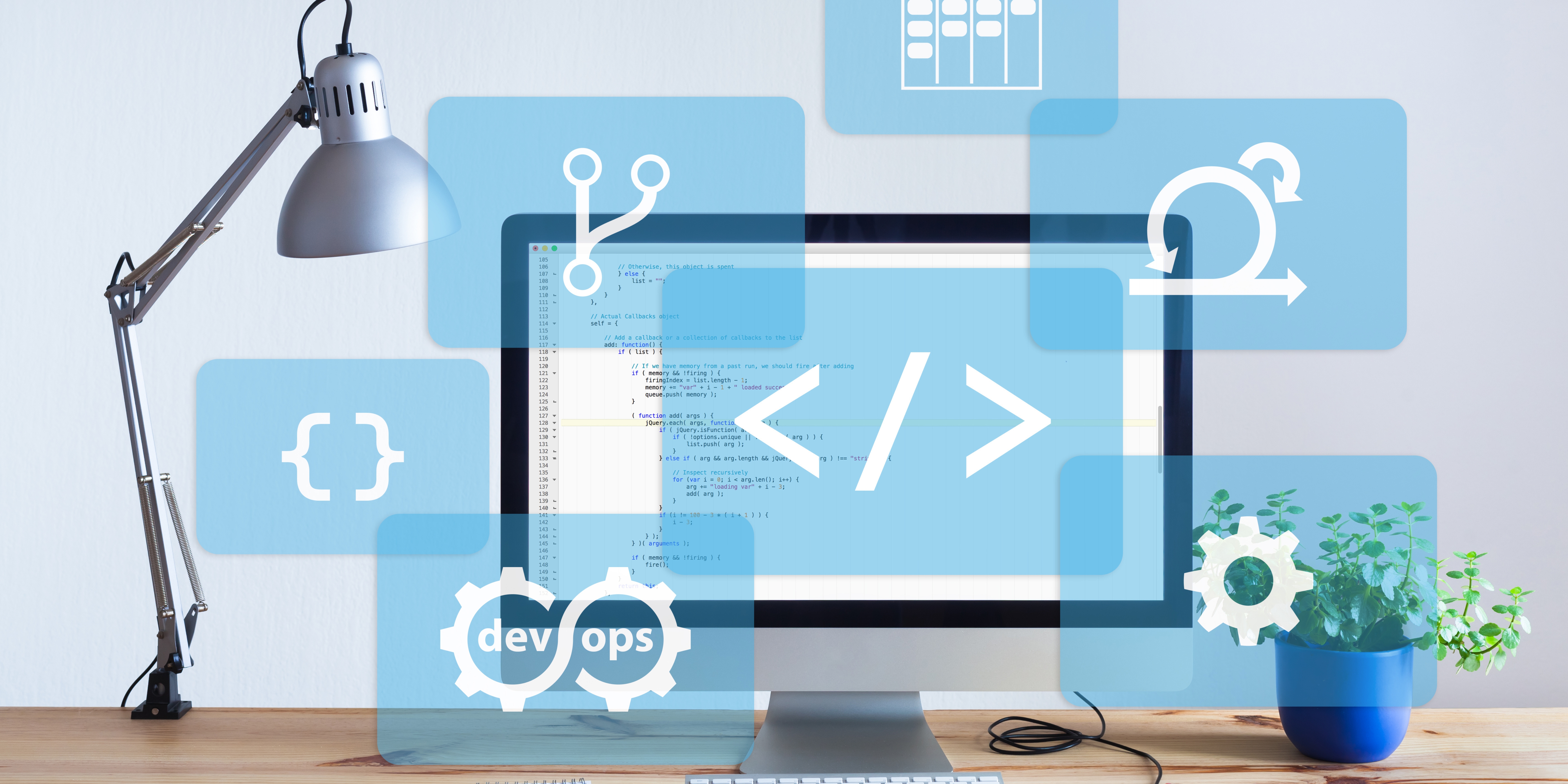Inspironlabs | 18 September, 2023
Agile Product Engineering : Adapting to Changing Markets
Written by Shivam Pandey
Introduction :
In today's dynamic business landscape, the ability to adapt to changing market demands is paramount for any product-focused organization. Traditional product development processes often struggle to keep pace with the ever-evolving needs of customers and the market. This is where Agile Product Engineering comes into play, offering a transformative approach that emphasizes flexibility, responsiveness, and rapid product iterations. In this blog, we will explore how the principles of Agile methodology can be effectively applied to product engineering, helping organizations thrive in an era of constant change.

The Agile Advantage
Agile is a project management and product development approach that prioritizes collaboration, customer feedback, and small, incremental changes. It was initially designed for software development but has since been successfully adopted in various industries, including hardware, healthcare, and manufacturing. The core principles of Agile, as outlined in the Agile Manifesto, include:
- Individuals and interactions over processes and tools.
- Working software (or, in this case, working products) over comprehensive documentation.
- Customer collaboration over contract negotiation.
- Responding to change over following a plan.
These principles underpin the Agile mindset, which is focused on delivering value quickly, embracing change, and maintaining close collaboration with stakeholders. When applied to product engineering, Agile principles can bring a range of benefits, as outlined below.

Flexibility in Requirements
One of the challenges in traditional product development is the tendency to define all project requirements upfront in a detailed specification document. This approach can be problematic when market conditions change, or customer needs evolve. Agile, on the other hand, promotes flexibility in requirements.
In Agile Product Engineering, requirements are treated as living documents that can be updated and refined throughout the project. This flexibility allows teams to respond swiftly to changes in the market, customer feedback, or emerging technologies. Instead of being locked into a fixed plan, organizations can pivot and adapt their product development efforts to align with current realities.
Iterative Development
Agile methodology encourages iterative development, where a product is built incrementally in small, manageable chunks known as "sprints." Each sprint typically lasts two to four weeks and results in a potentially shippable product increment. This approach enables rapid feedback gathering and frequent course corrections.
In traditional product engineering, a lengthy development cycle may lead to significant delays in detecting and addressing issues. In contrast, Agile teams continuously test and refine their products, making it easier to spot and resolve problems early in the development process. This reduces the risk of delivering a product that doesn't meet customer expectations or market demands.
Customer-Centric Approach
Agile methodology places a strong emphasis on customer collaboration and feedback. By involving customers throughout the development process, organizations gain valuable insights into what the market truly demands. This customer-centric approach helps ensure that the final product aligns closely with customer needs and preferences.
Incorporating customer feedback into product engineering is especially crucial in fast-changing markets. Customer preferences can shift rapidly, and Agile allows organizations to respond promptly to these changes. It also helps in building a loyal customer base, as customers appreciate organizations that actively listen to their feedback and make improvements accordingly.
Cross-Functional Teams
In Agile Product Engineering, cross-functional teams are a fundamental component. These teams consist of individuals with diverse skill sets, such as designers, developers, testers, and product managers, all working collaboratively towards a common goal. This structure promotes a holistic approach to product development.
Cross-functional teams can quickly adapt to changing market conditions because they possess a broad range of skills and can address various aspects of the project simultaneously. This eliminates bottlenecks and promotes efficient problem-solving. Traditional product development often involves siloed teams working in isolation, which can hinder adaptability and responsiveness.
Frequent Deliveries and Continuous Integration
Agile encourages the frequent delivery of working product increments. This not only keeps stakeholders engaged and informed but also allows organizations to start realizing value from the product earlier in the development process. Continuous integration and deployment (CI/CD) practices ensure that new features and improvements are integrated into the product smoothly.
Frequent deliveries and CI/CD also support rapid product iterations. If a feature or change proves to be less effective than expected, it can be quickly adjusted or even rolled back. This agility is vital for staying competitive in markets where trends and customer expectations can shift rapidly.
Conclusion :
In an era characterized by constant change and evolving market dynamics, Agile Product Engineering offers a strategic advantage. By applying Agile principles, organizations can foster flexibility, responsiveness, and rapid product iterations, ultimately leading to products that better align with customer needs and market demands.
Agile's emphasis on flexibility in requirements, iterative development, a customer-centric approach, cross-functional teams, and frequent deliveries all contribute to an environment where adaptation and innovation thrive. In essence, Agile Product Engineering equips organizations with the tools and mindset needed to not just survive but thrive in a world where change is the only constant. Those who embrace these principles can position themselves as industry leaders and pioneers in the ever-evolving landscape of product development.
 +91-789-269-7903
+91-789-269-7903 +1-206-922-2057
+1-206-922-2057


